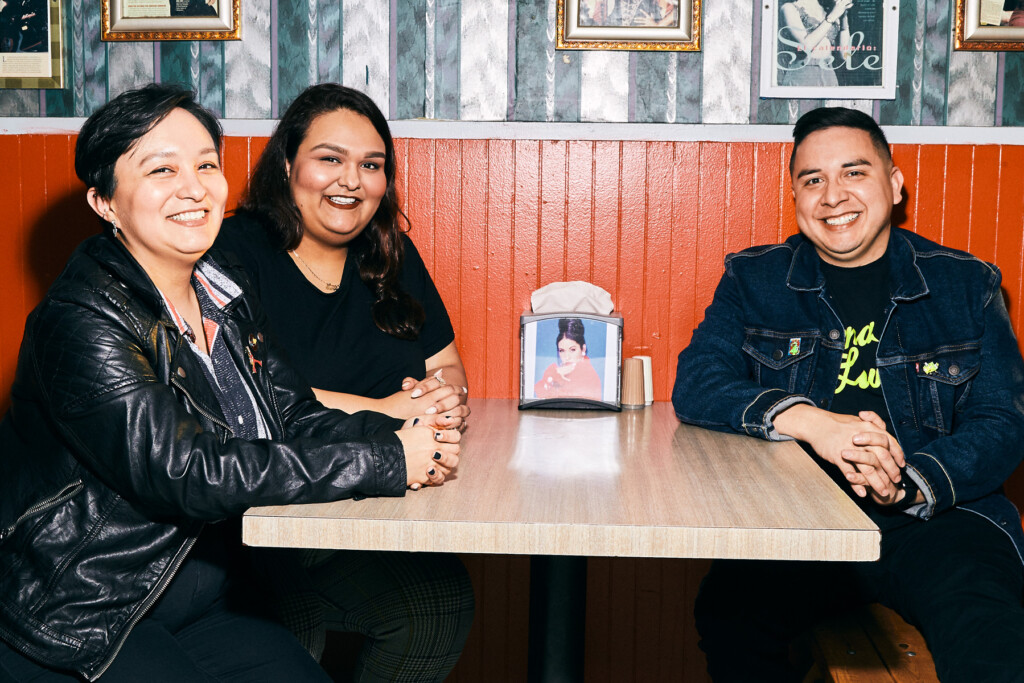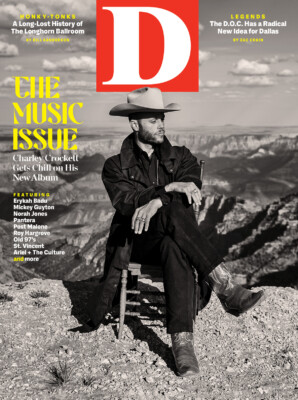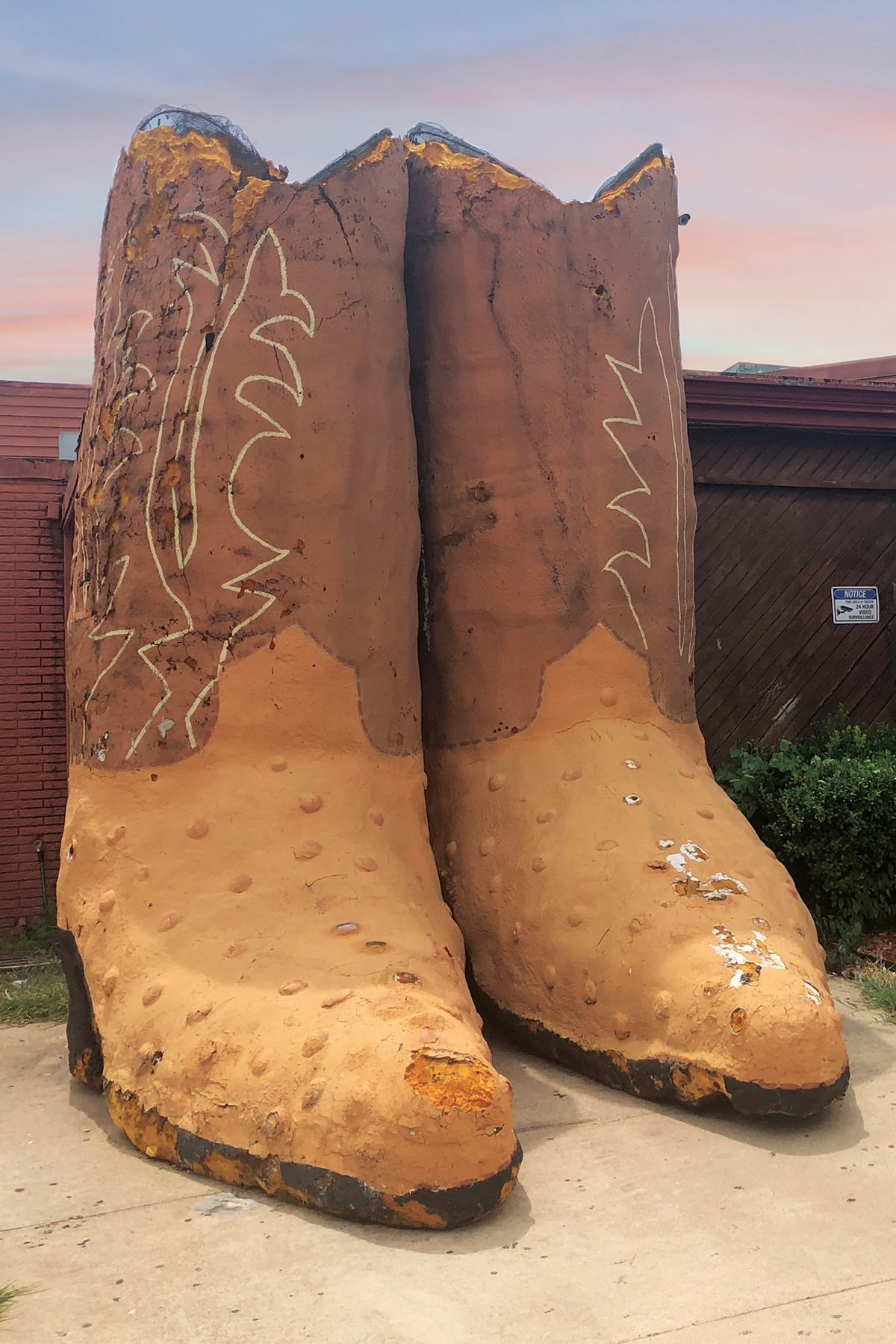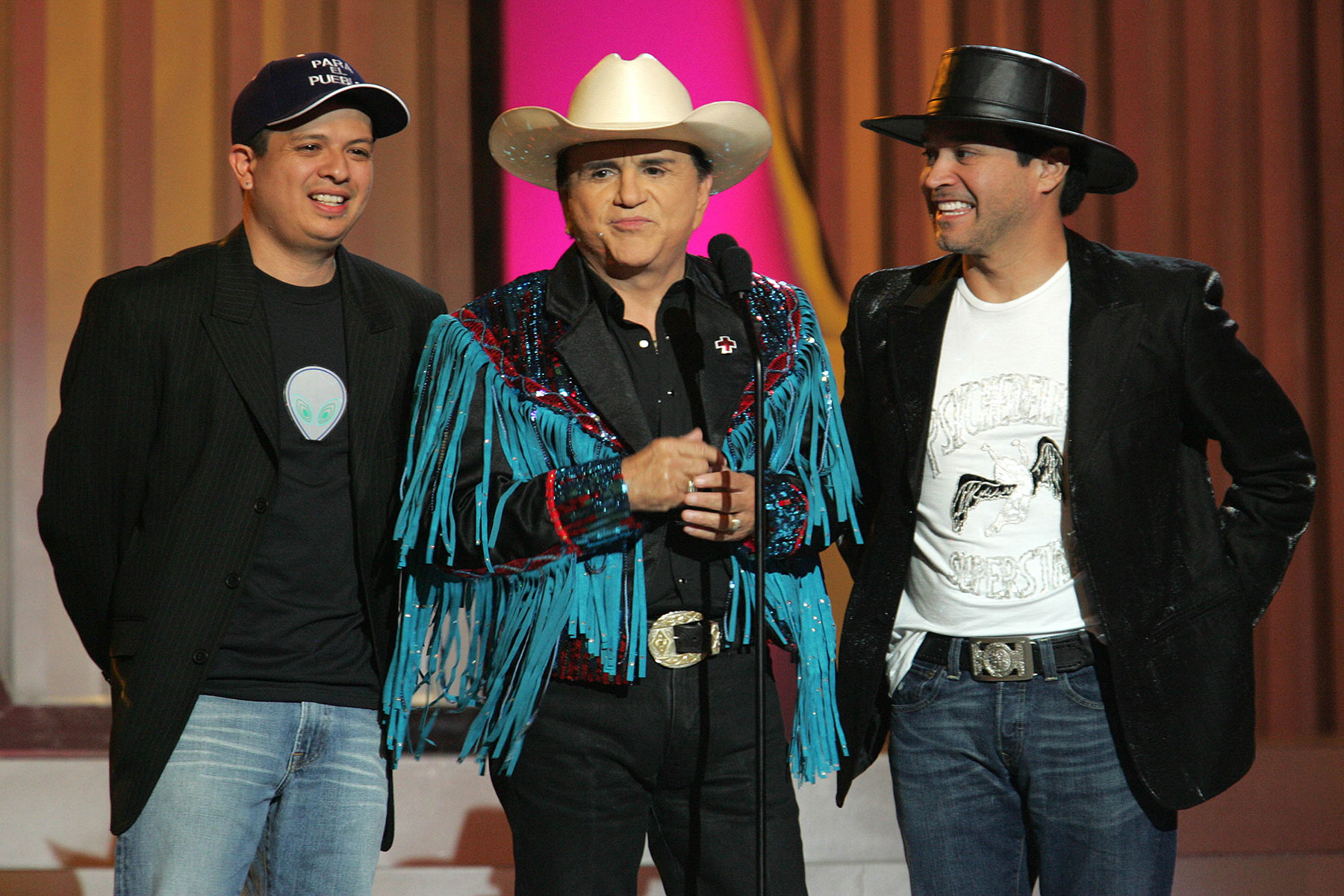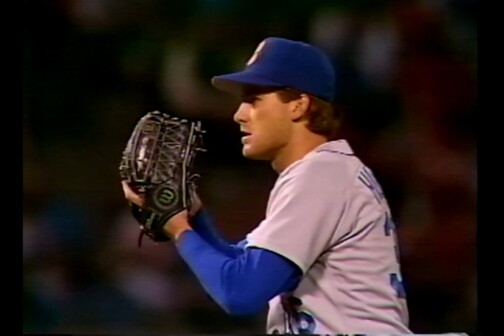My family frequently travels to the northern part of Mexico. We visit with relatives, overeat, spend some pesos, and dread departure day. Our sad ride back home is always accompanied at the start by Tejano music, my father’s favorite jam. Playing over the radio, we hear Grupo Mazz, Little Joe, La Mafia, Jay Perez, and Selena. But it never fails that the closer we get to Dallas, the more the Tejano music begins to fade into static. Eventually, we cross an invisible line and there is silence.
I always wondered, Why do southern cities in Texas seem to have plenty of stations while Dallas doesn’t have any? Where has all the Tejano music gone?
“We’ve gotta be more Mexican than the Mexicans and more American than the Americans, both at the same time. It’s exhausting,” says Edward James Olmos as Abraham Quintanilla in the 1997 biopic Selena. This line sums up what many generations of immigrants face. It’s a balancing act where your citizenship and culture are often divided but must be recognizable to both sides. Tejano music unifies the two.
Olmos’ line resonates with Mauri “Mean Mauri” Reynoso, who was a DJ for the Dallas Tejano music station KHCK “Kick” FM from 1996 to 2004. He is a first-generation immigrant, and he remembers what it was like to be Mexican American growing up in West Dallas at a time when being labeled Chicano wasn’t a matter of pride. Finding some refuge in Tejano music meant a lot.
Tejano music is a combination that personifies the Mexican American people.
“This is our music,” he says. “We can identify with it.” Melding the Spanish language, country dancing, modern synth keyboards, jazzy saxophone elements, and German and Czech accordion influences, it is the perfect blend of what our parents listened to in Mexico and what we grew up listening to in the States. It is a combination that personifies the Mexican American people. And it thrived in Dallas, where dance clubs, radio, and touring Tejano artists were all part of the scene.
So where did it go, and why did it go away? Well, for starters, when KHCK was sold to Univision, in 2004, the programming shifted toward mainly regional Mexican music. But for Reynoso, that was not exactly the end of it. He theorizes that a decline was inevitable, because Tejano music was stereotyped as something we just listened to in Texas. It was siloed, refusing to share the stage. “I don’t think there was anyone thinking about how we needed to evolve,” he says.
Ralph Thompson operates the only Tejano music nightclub in Dallas. He has been running New West since 1995, and he has been in the entertainment business for more than 40 years. He jokes about how at first it was a bit intimidating being a White man running a Tejano music club, but he has always remained optimistic, fostering Tejano music in the best way he could.
New West has the feel of a honky-tonk. There is a huge pair of cowboy boots outside, and the inside features wood-paneled walls and a hardwood dance floor. On the main entrance wall, there are some recognizable faces in the framed photographs but also a few that are less familiar.
“David Lee Garza, Gary Hobbs, Ruben Ramos, Emilio Navaira, Jay Perez, Jaime Y Los Chamacos,” Thompson recites, pointing them out one by one. There is a very young woman on the wall whom I do not recognize. “Jennifer Peña, she was only like 15 or 16 when she came the first time,” Thompson says. Peña is a three-time Grammy nominee, including one for Best Tejano Performance. The faded photograph gives me serious FOMO.
New West hosts a Tejano music act almost every Friday. Sometimes the Tejano artist is paired with a Norteño, conjunto, or cumbia performer. “I think I can make it work without offending anyone,” Thompson says, accepting market changes and the delicate balance required when introducing a mix of older and newer generations of music.
It was clear that I was wrong. Tejano music can still be found in Dallas. But I wanted to know more. “You should just interview Johnny Canales,” my dad casually suggested. Just how accessible did my parents think he was? On The Johnny Canales Show, which debuted in 1983, Canales would cue his guest performers with “You got it—take it away!” He is often referred to as the Dick Clark of the Hispanic community and was like the godfather of Tejano music, credited with introducing emerging stars, including Selena Quintanilla herself. The show, which was originally filmed and aired locally in Corpus Christi, was picked up by Univision in 1988 and broadcast internationally.
Although he was born in Mexico, Canales moved to Robstown, Texas, when he was little more than a month old. His television career embraced his “Texi-can” background. It was not unusual to hear him speak English and Spanish on his show, and he would often bring in musical acts that were more on the Mexican side of the border. The result of his ability to mesh Tejanos with their Mexican roots, a territory often left untouched, was overwhelming support from viewers. He became a household name, one my dad thought I could simply call up.
A little research led me to his Facebook page. “Yep, that’s Johnny,” my dad confirmed when I showed it to him. So I messaged Johnny Canales. I needed insight from a true Tejano music advocate, one who understood the culture behind it as much as the music. I rewrote my message in Spanish; something told me it would hit a little different that way. I like to think it helped, because after two days, I received a response, and we set up a time to chat.
A retired musician, Canales has an eye for talent. When we talked, he recalled some of the pioneers of Tejano music in the 1950s and ’60s, such as Sunny and the Sunliners, Isidro Lopez, and Flaco Jiménez. Before them, beginning in the 1930s, Tejano groups were referred to as orchestras, playing off the popularity of the big band era. Later, with the introduction of electronic keyboards and synthesizers, the sounds of the music grew into what became popular in the ’80s and ’90s.
The Johnny Canales Show ended in 1996, but the former host’s passion for music has never diminished. Canales and his wife, Nora, have started to build a studio to continue exploring the Tejano music scene, seeking donations through GoFundMe to accomplish this goal. Currently they broadcast on Facebook Live as El Show de Johnny y Nora Canales. “Tejano music is a part of life for Tejanos,” Canales says. “It is unique!”
And, all things considered, it really isn’t gone. Some radio stations will mix in a song or two, and New West is still bringing in names I grew up hearing. While the formula is a little different, the genre of music is not as isolated as it once was, and it is now being paired with its Mexican roots. When you celebrate the two, you are left with the incomparable experience of always having a foot firmly on each side of the border. Tejano music keeps playing—on the radio, in the club, on Spotify playlists, on CDs. Or simply a capella on a road trip, minus the accordions, courtesy of my dad.
This story originally appeared in the September issue of D Magazine. Write to [email protected].
Get the FrontRow Newsletter
Author



